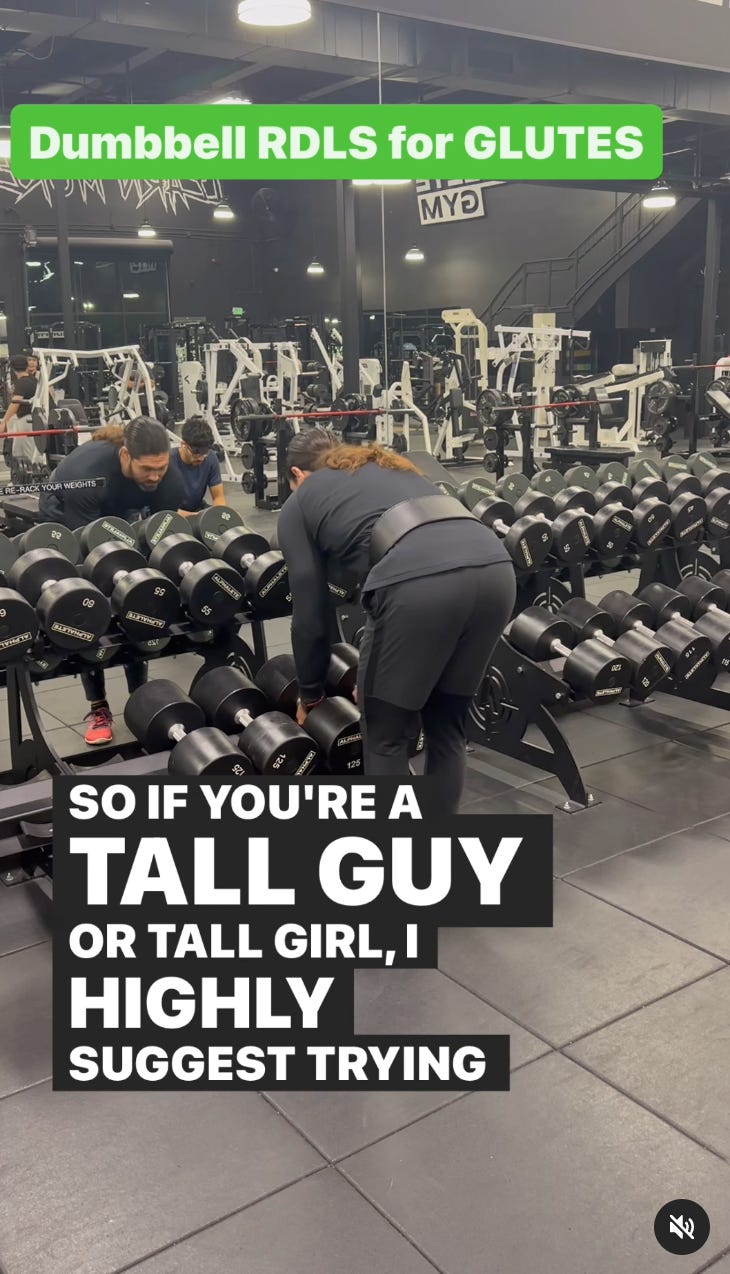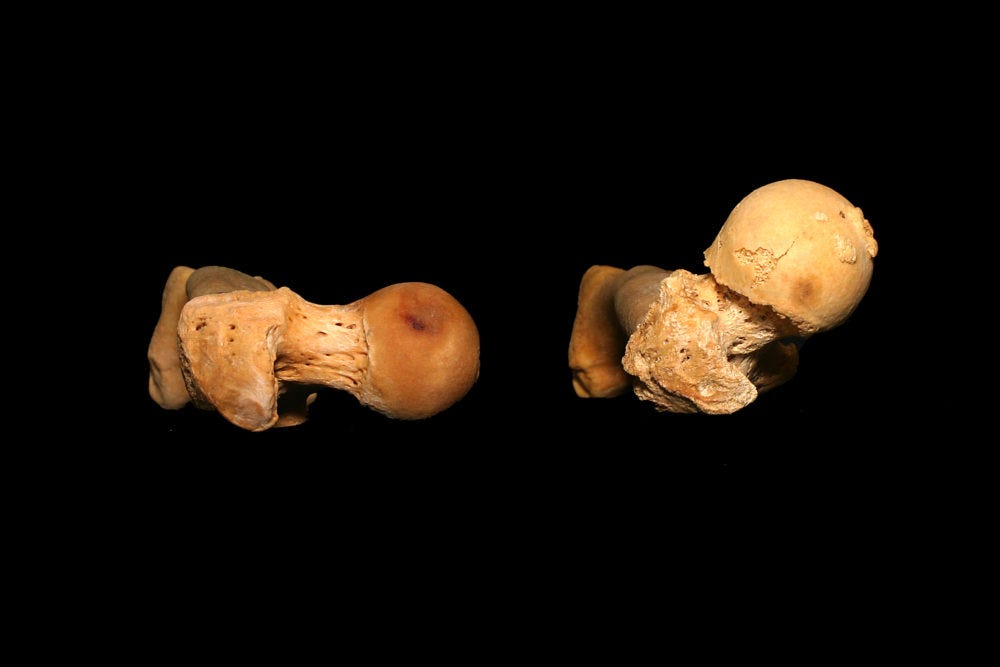For the past decade, I have written at length about the necessity of customizing exercise to suit body structure.
My motivation for this is simple: I am fairly tall, about 6’2 in height, but with very long legs and disproportionately short torso. I also have very long arms as well.
Because of this, conventional wisdom has not always served me in exercise selection. Through my fitness education and self study, I have tested and adopted a repertoire of exercises that work very well for tall, long limbed people.
This methodology I explained in my Tall Man Training Guide
If you are tall and would like to optimize your training, Id suggest buying it.
That aside, my training experience and education, both with myself and with clients, it has been a net positive in that it attenuated me to the need to customize exercise to suit people’s bodies early on in my training career.
When I first began writing about this, back in 2013, this concept of customization was often criticized.
Even today though, whenever I post about exercises that are not barbell lifts, there is a reply of of “why dont you JUST SQUAT”
This used to annoy me, but I realized with time its unreasonable to expect a sea change in fitness. Any professional field is slow to change, and simple mental models will always dominate over more complex ones.
When I first became a trainer in 2010, there was a heavy dominance and preference towards the barbell lifts as being a kind of end-all, be-all solution to training that EVERYONE should be doing, and an overriding mentality that if someone struggled to perform an exercise, the problem was not the exercise, but the individual.
Nowhere was this seen more than the barbell back squat. There was a plethora of commands that all squats must be ASS TO GRASS, that back squatting was the KING OF EXERCISES, and if you did not squat, you were not a REAL Man.
The dominance of the barbell back squat created an entire industry of “mobility”. Regardless of whether squatting caused you had pain in your shoulders, upper back, low back, sacrum, hips, knees, ankles, YOU were the problem.
If you could only fix your “mobility” issues, then you too could unlock the superlative benefits of squatting that NO other exercise could deliver or come close to comparing.
This is WHY “Just Squat” is Poor Advice
Finally around the mid 2010s, this started to change. As the general level of education increased in the Fitness Industry as a whole, there was a collective shift towards realizing that there were anatomical differences between peoples body’s, and maybe not all exercise worked universally as good for all people.
At the time, the primary vector for information in the fitness industry was blogs, and a number of popular blogs released articles on how people need to squat differently.
While this may seem obvious today, at the time it was a major paradigm shift.
The following article was the most comprehensively written (amongst many others), and it largely destroyed the “JUST SQUAT” segment of the industry
Why People Need to Squat Differently (read the full article please)
I'm tired of hearing athletes being told they MUST squat a certain way or there is only ONE way to squat… that is rubbish and certainly isn't rooted in science.
Let's think about this - do you really think someone 6'6 should squat the same as someone 5'2? Should someone with long femurs and a short torso squat the same as someone with short femurs and a long torso? Should someone with retroverted hips squat the same as someone with anteverted hips?
So again, why would be ever think there is only one way to squat and what would make this way superior? The fact is, there isn't a single strategy to squat and instead should be dictated upon by the individuals unique skeletal structure, limb lengths, past injury history, mobility/stability factors, and biomechanics.
Here's just a small list of things that influence squat mechanics
Foot Wear (elevated heel vs flat heel)
Long Tibia vs Short Femur
Short Tibia vs Long Femur
Short Femur vs Long Torso
Long Femur vs Short Torso
Body Mass
Stance Width
Toe Angle
Foot Size (Length)
Cueing
Anterior vs Posterior Chain Strength
Specific Joint Mobility and Stability Strengths and Weaknesses
Bar Position
If you are a Visual learner, Watch the following Video
Squats-Foldability and Proportions
Summary (assuming you watched and read the above):
The squat does not universally load all human skeletons the same, and depending on your body, there may be better exercises for overall leg develop, quad development, glute development in the long term







If your structure doesn’t fit well with back squats and you don’t have access to a pendulum or hack squat, are leg presses (quad-focused) a good alternative ?
I can’t seem to progress with my squat and I’m only 5’3, so I don’t know what my reason is. I recall a post you made awhile ago that helped me realize I didn’t have to squat.